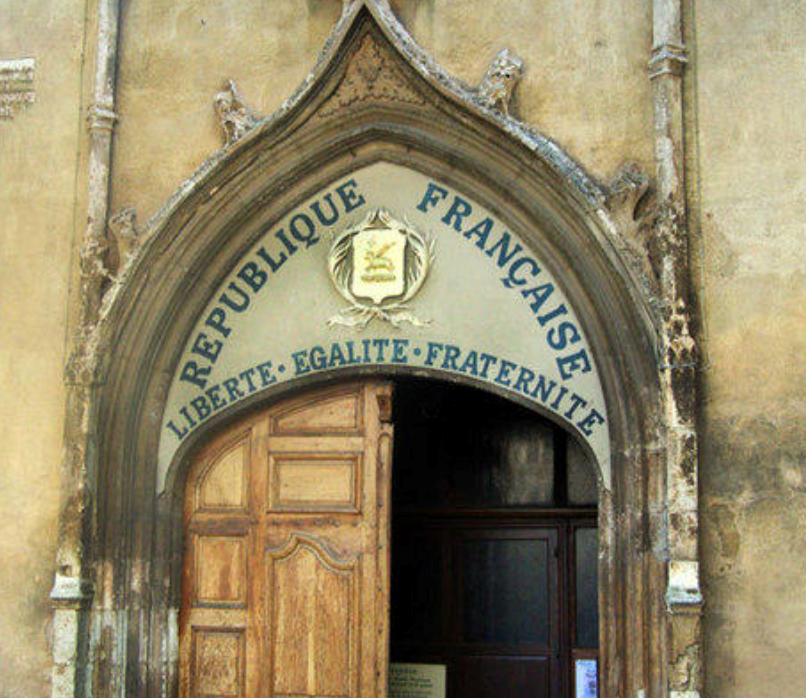Growth of toleration and privatised religion
A phrase that anthropologists are keen on is ‘making the familiar strange and the strange familiar’.
One thread in efforts to improve understandings of religion is gaining familiarity with what people say and do. How do people emphasise what is important to them? How do they choose to do religion in different ways?
But we also need to understand how common conceptions of religion came about. There is a history to the definitions that can, after long usage, make them seem self-evident, natural or obvious. While origins do not necessarily determine how things must be, they can hinder our efforts to understand other possibilities.
When we define religion purely as a private or individual ‘believing in god’, we are continuing a tradition with a distinct history. People from many religions have quite different approaches to the topic. This is one part of the problem of understanding what makes some people look ‘extreme’.
Peace of Westphalia
To understand where the ‘religion is believing’ definition came from, we need to say something about the Peace of Westphalia and what are known as (wrongly as it happens) the ‘Wars of Religion’.
In 1648 the Peace of Westphalia was intended to end conflicts that had ravaged Europe in the 16th and 17th centuries. An important aspect of the peace accords was an agreement about religion. Central to this was a legal principle that, encapsulated in Latin, says ‘cuius regio, eius religio’, i.e., ‘whose realm, his religion’. This meant that the religion of a ruler determined the religion of his state.
Either Catholic or Protestant Christianity would be the legally established religion of each state according to the affiliation of the ruler. However, Protestant citizens in a Catholic state would be free to practise their religion at any time in private, or in limited, legally appointed times in public. The same rules applied to Catholics in Protestant states.
Jews, Muslims and other minorities would have to wait at least another century for their religious freedom and full citizenship. Given the prevailing gender inequality, it is unsurprising that women’s rights were not considered in these processes.
Transnational loyalties
The chief point here is that religious affiliations had become problematic for the rulers of the new nation states because they involved transnational loyalties. Someone who was too demonstrative in public about their religious affiliations could therefore be suspected of being dangerously loyal to foreign rulers. As a solution, religion was deliberately defined as a private matter – one which, for example, should have nothing to do with how people voted or whether they were suitable for public political roles.
This is not ‘just history’ but affects us deeply. The result is that many of us today would define religion as a set of beliefs, especially a belief in a god, rather than a way of behaving.
If it is thought of as primarily a set of beliefs, religion can be seen as essentially a private matter, something that doesn’t and shouldn’t influence politics or the law directly. Because it is essentially a private matter, it is often argued, people who hold different religious beliefs should be able to live together amicably, and provided they do so, governments should not interfere with religion.
The absolute right to freedom of belief is not matched by an absolute right to do religion as people think they ought to be able to do. It suggests that religion is more like a hobby than a serious pursuit, and can lead to public acts of religion being seen as ‘extremism’. But this is not the only way of thinking about what religion is, and what the relationship between it and the state should be.

Over to you
- What do you think the advantages and disadvantages of ‘separating church and state’ (religion from public/political life) might be?
- Discuss the relationship between religion and the state in your country.
- Research the relationship between religion and the state in some other countries with very different cultures than your own, for example you might want to consider Malaysia, India, Japan.
- Contemporary scholars often use metaphors to describe religion – for an example of this, you may want to read the article "Metaphor and Religion" by Paul-François Tremlett. How does this complicate historical understandings of ‘religion as a concept’?






Rate and Review
Rate this article
Review this article
Log into OpenLearn to leave reviews and join in the conversation.
Article reviews